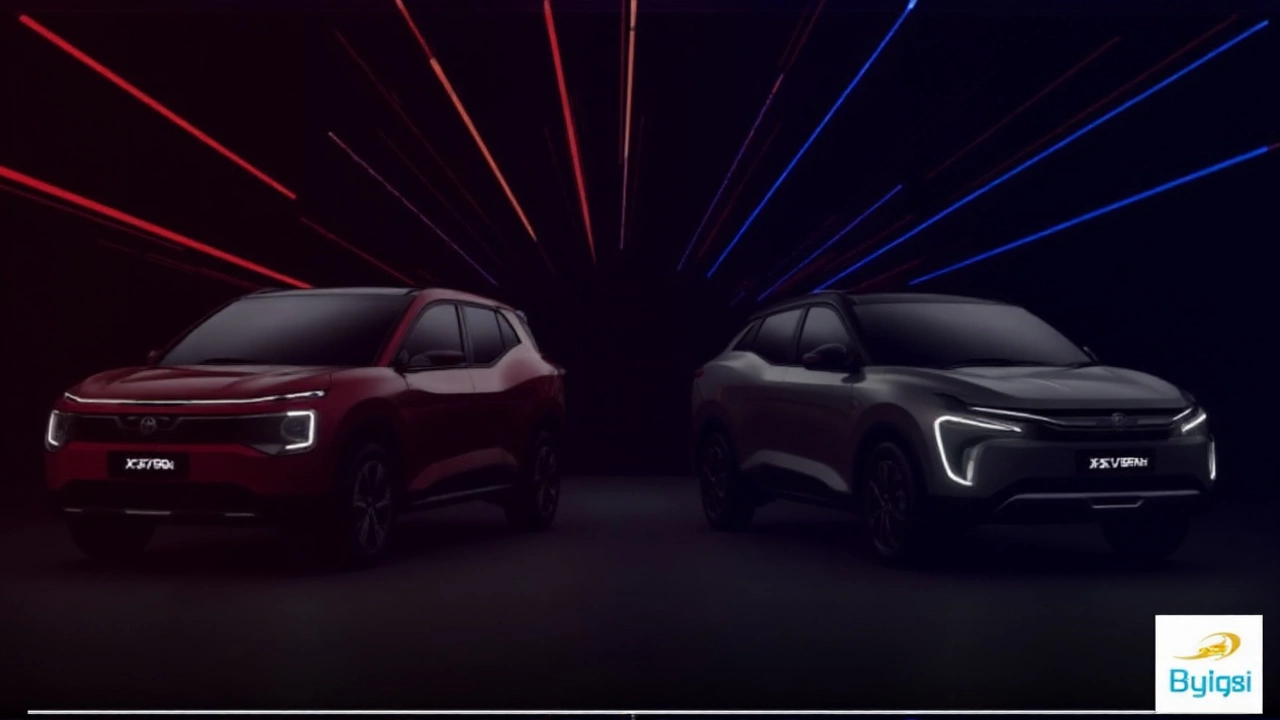Keyless Entry: Simple Tips for Home and Car Security
If you’re tired of juggling keys, you’ve probably heard about keyless entry. It’s the tech that lets you unlock doors with a code, a fob, or even your phone. The idea sounds cool, but many people wonder if it’s worth the switch. Let’s break it down in everyday language so you can decide if it’s right for you.
How Keyless Entry Works
At its core, a keyless system replaces a metal key with a digital signal. For a home lock, you might type a PIN on a keypad, tap a fingerprint scanner, or hold your smartphone near the door. The lock’s electronics compare the input with stored credentials. If they match, the motor turns the bolt and the door opens. Car keyless entry works similarly — a button on your key fob sends a radio signal to the vehicle, which then unlocks the doors.
The main components are a power source, a sensor, and a processor. Batteries keep everything running, so regular checks are a good habit. Sensors can be mechanical (like a keypad) or biometric (like a fingerprint reader). The processor runs a simple program that decides whether to grant access. Because the system is digital, you can add or delete users with a few clicks, which is handy for families or rental properties.
Choosing the Right System
When you shop for a keyless lock, think about three things: convenience, security, and budget. A keypad lock is cheap and easy to install, but anyone who sees the code can copy it. Fingerprint locks feel more secure, but they cost more and need clean fingers to work reliably. Smart locks that sync with an app give you the most flexibility — you can lock or unlock from anywhere, grant temporary access to guests, and get alerts when the door is used.
For cars, most new models come with keyless entry as a standard feature. If you’re adding an aftermarket system, look for one that uses rolling codes. These change the signal each time you press the button, making it harder for thieves to intercept.
Don’t forget about power. A dead battery can lock you out, so choose a model with a clear low‑battery indicator. Some locks let you use a backup key or a mechanical override, which adds a safety net.
Installation can be a DIY project if you’re comfortable with basic tools. Most smart locks fit standard deadbolts, so you just remove the old lock, attach the new one, and follow the app’s setup steps. If you’re unsure, a locksmith can install it quickly for a modest fee.
Once everything’s up and running, test the system a few times. Try unlocking with the code, the app, and a backup key. This helps you spot any hiccups before you’re stuck outside. Also, change the default PIN that comes with the lock — manufacturers often use easy numbers like 1234.
Keyless entry isn’t a magic bullet, but it can make daily life smoother. You’ll spend less time digging for keys and more time focusing on what matters. Just keep the battery fresh, update passwords regularly, and you’ll enjoy a smoother, safer entry experience.

- Sep, 9 2025
- 0 Comments
Mahindra Thar Roxx update: New Mocha Grey interior and three added features, prices unchanged
Mahindra has swapped the Thar Roxx’s Ivory White cabin for a darker Mocha Grey theme and added three features: keyless entry request sensors, a sliding co‑driver armrest, and aerodynamic flat wipers. Prices stay between Rs 12.99 lakh and Rs 23.09 lakh (ex‑showroom). Updated cars are reaching dealerships, while retrofit options for existing owners are still unclear.
read more